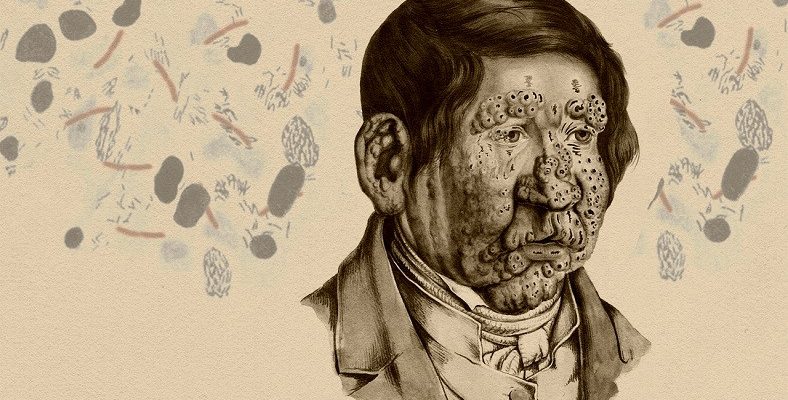Although it is thought to be a disease of the past because it caused the death of countless people throughout history, in fact, hundreds of thousands of people are still diagnosed with leprosy every year. Fortunately, let’s take a closer look at what leprosy is, which is no longer a scary disease, what its symptoms are, and how it has been fought throughout history.
Today, there are countless diseases that can be overcome with a simple drug treatment, but that we know have caused the death of millions of people throughout history. Leprosy is one of them. For thousands of years, people have died horribly. If you think leprosy is a disease of the past, you are wrong. Today, hundreds of thousands of people are still diagnosed with leprosy every year.
Leprosy is a kind of infectious disease and the bacteria that caused this infection is still with us, so leprosy is not a disease of the past. Of course, it is not as deadly as it used to be, because thanks to modern medicine, drugs have been developed to combat leprosy, and this disease has been better known and learned how to control it. Bride What is leprosy in the past and today, what are the symptoms, how to treat Let’s see all the details.
For those who don’t know, let’s briefly explain; What is leprosy?
In its most basic definition, leprosy is a kind of infectious disease. Cause of leprosy, also called leprosy and Hansen’s disease It is a bacterium called Mycobacterium leprae. It may take years to show signs of infection caused by this slow-growing bacterium. Leprosy affects our nerves, skin, mucous membranes and eyes. In advanced cases, it causes complications that can be fatal.
Is leprosy a contagious disease?
Unfortunately, one of the biggest historical misconceptions is that leprosy is thought to be a very contagious disease, and even the majority of those who died throughout history were untreated because of fear of contagion. Leprosy is a contagious disease yes but As it is thought, you do not get leprosy as soon as you touch a patient with leprosy, long-term contact is required.
We said that leprosy is caused by a bacterium called Mycobacterium leprae. So if you are exposed to this bacteria, you will get leprosy. However, the bacterium Mycobacterium leprae It is not a bacterium that spreads quickly throughout the body when you come into contact with it. In fact, it does not easily pose a risk to a healthy person. However, in immune systems that are weak due to AIDS, diabetes, heart disease and similar reasons, mycobacterium leprae will easily develop. So there is risk, but it’s not as scary as you might think.
What are the symptoms of leprosy that are so feared?
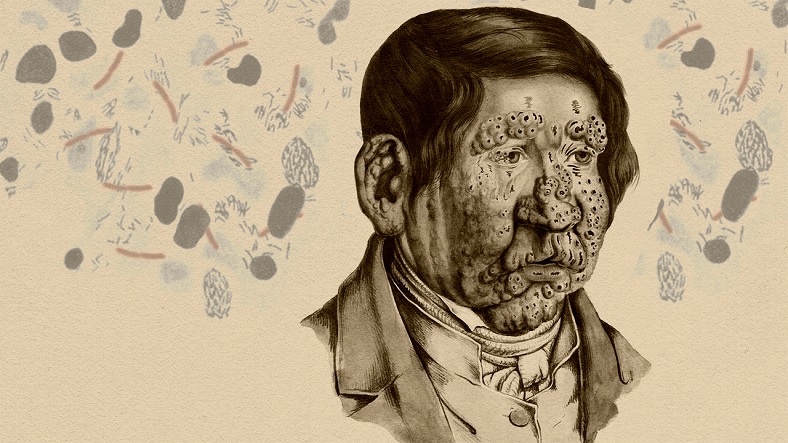
- skin swelling
- skin rashes
- Numbness in the rash area
- Wound-like skin deformation
- Loss of sense of touch
- muscle weakness that limits hand movements
- Sores under foot
- Congestion in the nose
- vision loss
- High fever
These are some of the symptoms that appear from the time leprosy first appears to the point where it progresses. Because leprosy is a disease that directly affects the nerves, There is also a high probability of partial paralysis or paralysis. Since it also causes a visible deformation on the skin, the concern of its contagiousness increases in advanced cases.
What people have experienced because of leprosy throughout history:
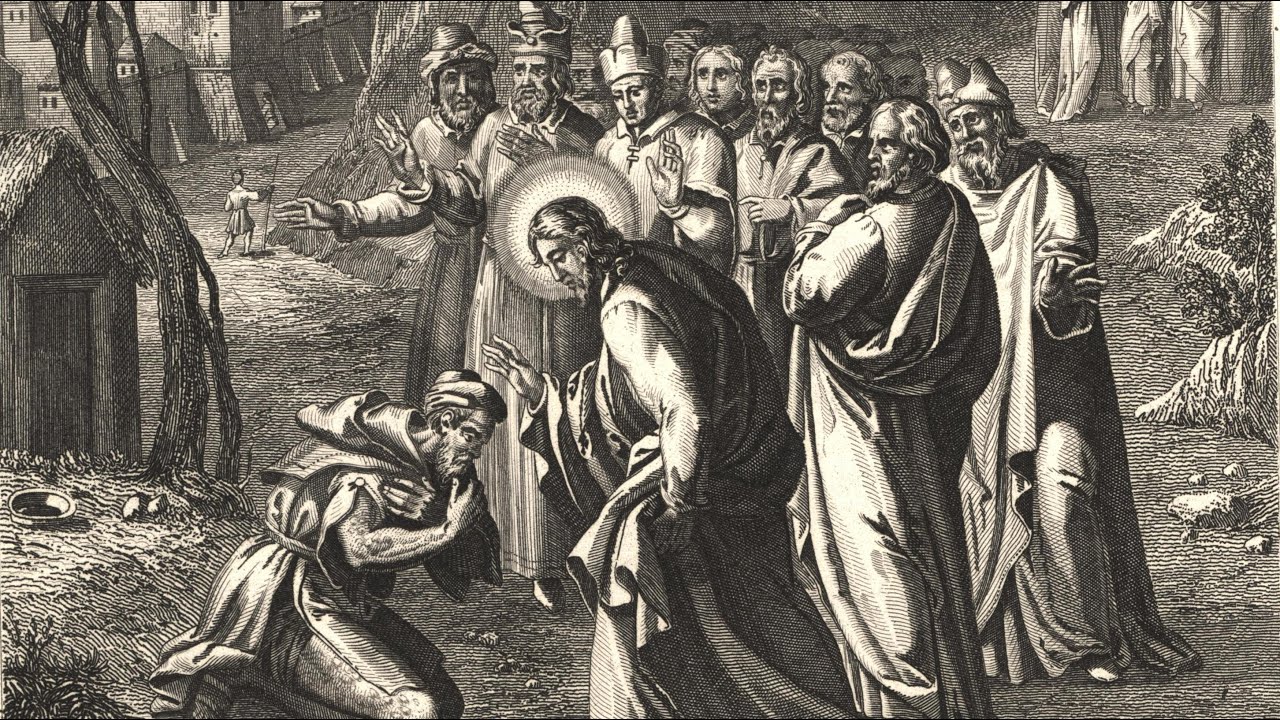
Leprosy may be one of the oldest diseases in human history. The earliest evidence of this disease is found in India and These are the finds of a skeleton dated to 4 thousand years ago. Leprosy is such a common disease that, according to some experts, it is even mentioned in the Bible.
The depiction of leprosy and leprosy, which we are accustomed to seeing in movies today, is a reflection of the Middle Ages. Leprosy was seen all over Asia, Africa and Europe. This disease was so widespread that it is estimated that there were nearly 20,000 leprosy hospitals in Europe in the 13th century. The disease is thought to be so common because of traders and armies.
King of Jerusalem IV, who lived in the 12th century. Baldwin is the most famous leprosy patient in history. The exact cause is unknown, but leprosy declined in the 15th century, probably due to improved nutrition, increased access to clean water, and improved sanitation. By the 17th century it was almost extinct in Europe. There is also the theory that the spread of TB germ confers some form of immunity against leprosy.
The world first met with leprosy treatment in the 19th century:
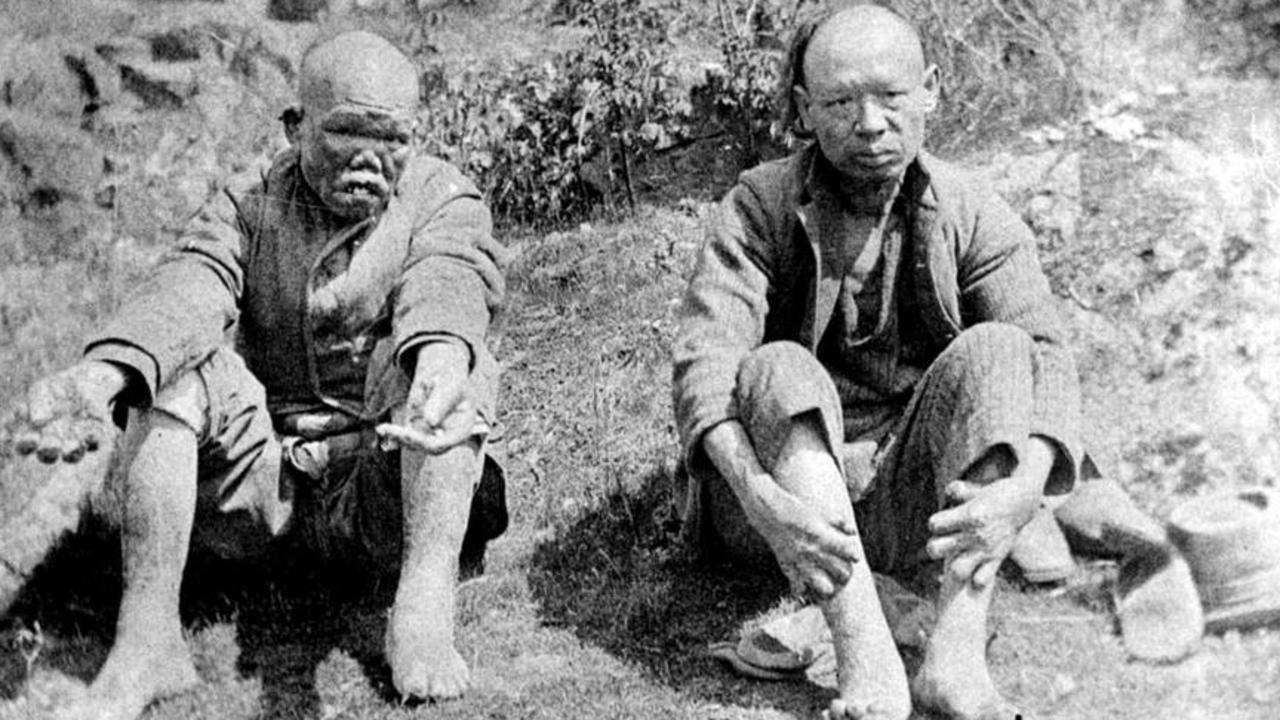
Leprosy, which caused the death of even great kings, had become one of humanity’s greatest fears. Leprosy patients are isolated from society in private sanatoriums and they were left to die in inhumane conditions. Things started to change in the 19th century with the development of modern medicine.
Gerhard Armauer Hansen, a Norwegian doctor whose name was later given to this disease, In 1873, he discovered the bacterium Mycobacterium leprae, which causes leprosy. After discovering the bacterium, scientists began to unravel how the disease was transmitted and how to recover. At the same time, The Leprosy Mission, the world’s first leprosy organization, was established.
A drug given for leprosy in the 1940s, the disease-causing bacteria began to develop resistance in the 1960s. Experts have invented a multi-drug combination. Since 1981, with the advice of the World Health Organization, multi-drug therapy has been applied to patients with leprosy. It is estimated that more than 16 million people have been treated this way.
How is leprosy treated today?
The treatment, which was discovered in the 1960s, is applied in a similar way today. A patient diagnosed with leprosy is given a multi-drug treatment consisting of several different types of antibiotics. The reason for using multiple drugs is to prevent the bacteria from developing resistance during the long-term treatment process. With an average of one or two years of drug treatment, the disease is completely eliminated.
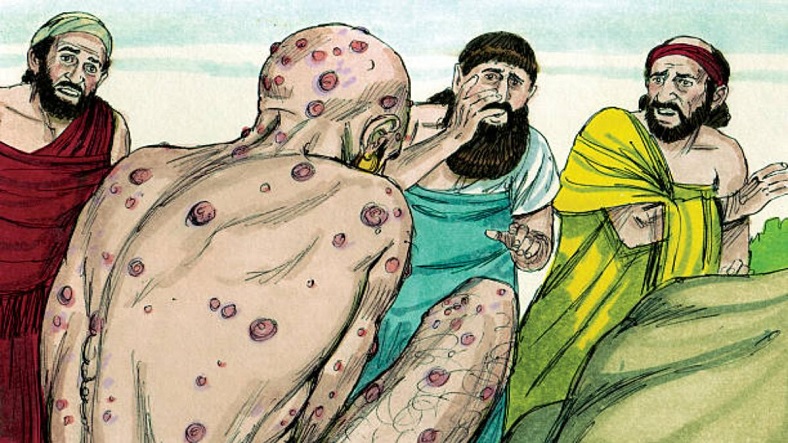
Do not be afraid of leprosy, take your precautions:
In fact, the whole event comes back to the person himself. Eat healthy, exercise regularly, do not smoke, drink plenty of water that is, strengthen your immune system by staying healthy. Do not use shared eating and drinking equipment with anyone, wash your hands frequently, gargle with salt water from time to time, clean your nose with water, that is, keep hygiene at the highest level. After all, leprosy is also a bacterial disease, protect yourself.
Speaking of leprosy, let’s not forget Türkan Saylan:
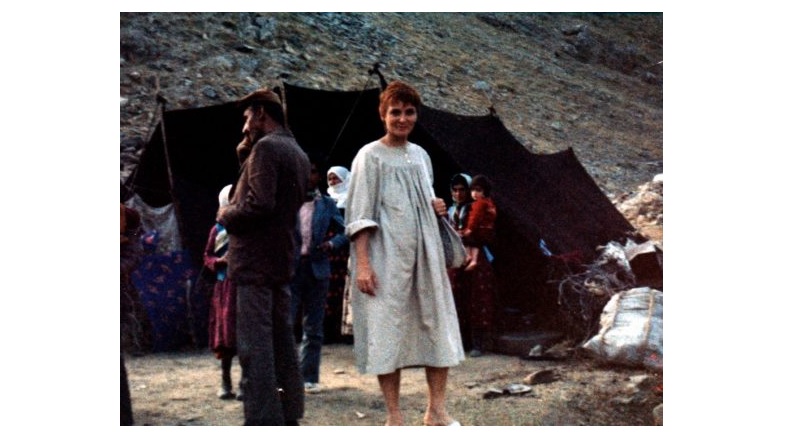
One of Turkey’s first female dermatologists, Prof. Dr. Turkan Saylan, By establishing the Anti-Leprosy Association and Foundation in 1976 has been one of the most important representatives of the fight against leprosy both in our country and in the world. He even served as the leprosy consultant of the World Health Organization until 2006. He has also been the chief physician of the Ministry of Health Istanbul Leprosy Hospital for many years.
Even if we think it is history, the disease that still exists today what is leprosy, what are its symptoms, how is it treated We answered frequently asked questions such as: What we describe is for informational purposes only. Do not forget that you should get the most accurate and specific information about leprosy, as in all health issues, from a specialist doctor.
Source: 1 2 3 4 5
